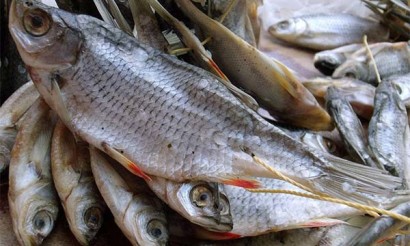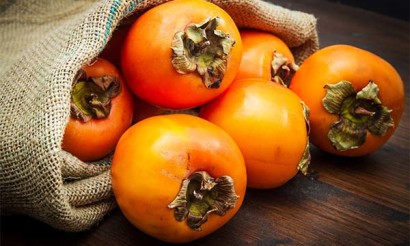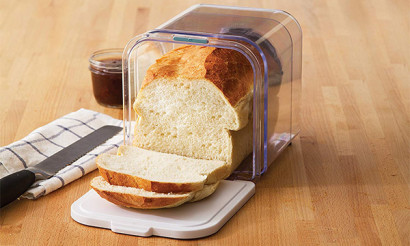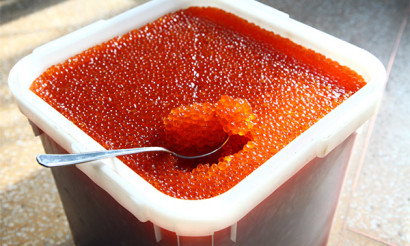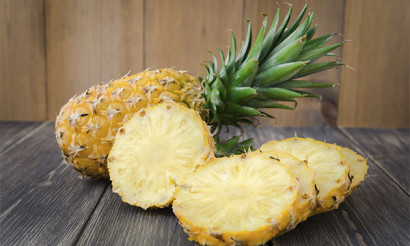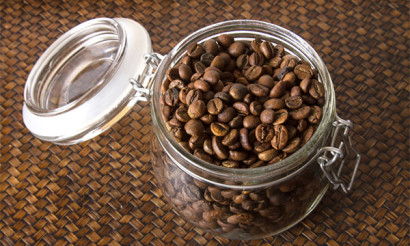How to store bananas at home
In the distant Soviet times, when factory workers were given free apartments, but not everyone had enough bananas, these exotic guests were very rarely available for sale. Usually absolutely green bunches were sold, which long ripened in the dark space under the couch.
Description and properties of bananas
The mass arrival of the product in Russian stores began at the end of the 20th century. With the opening of large European-style supermarkets, a large number of exotic fruits appeared on the shelves, including pineapples, kiwi, pomelo and bananas.
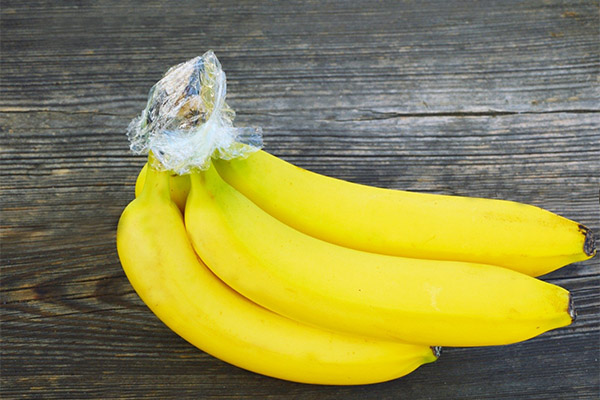
Many had no idea that they too come in many varieties and sizes, exported from several parts of the world and have interesting effects on the body. The most amazing thing is that the composition of bananas is almost identical to milk. For children who are found to have complex lactose intolerance, bananas and a diet based on them becomes one of the chances of survival.
Banana is the collective name for the fruits of several members of the banana family. They are similar in shape, but differ in color, size, and taste. Slight differences are observed in the plants themselves. According to the botanical classification they are referred to as berries, but during the time of their cultivation the seeds from the fruit have disappeared, since reproduction takes place vegetatively.
It sounds strange, but the plant belongs to the herbaceous. It is not a palm, but rather a bunch of petioles that grows together to a height of 6-8.5 meters. The strangeness does not end there, as the flowers of the plant come in female, male and middle-sex. The ovaries are formed on female flowers, while the male ones fall off after pollination. Scientists are still arguing about why the middle ones, which are arranged in a separate tier, are needed. The bunch on average weighs about 60 kg, the number of fruits reaches 300 pieces.
Interesting: The plant is thought to be native to Oceania and the Malaysian islands.
The first attempts at cultivation date back to the 5th millennium B.C. Banana is mentioned in sacred Buddhist texts, the Ramayana and the Mahabharata. The crop is considered an export crop, important to the economies of exporting countries, supplied to most countries of the world.
Varieties and Species
On store shelves there are soft yellow, brownish, spotted, green and red bananas. Their flesh is white or cream-colored, with occasional shades of orange. Several varieties have emerged through the breeding process, the most popular being:
- Apple or candy, characterized by their small size, high sugar content, delicate apple flavor and strawberry flavor.
- Cavendish are delivered still green, and these are the ones that fill the fruit departments of supermarkets.
- The ladyfinger is miniature in size, has no special virtues, but is popular with children.
- Williams bananas are immediately recognizable by their honey-like aftertaste.
- Barrots exhibit a square cross-section of the fruit, the rind is covered with small brown spots, and the flesh has a vanilla smell.
- Plantains are not eaten raw, used to make chips, baked and fried, served as a side dish.
- The most sought after in baking and dessert remain the Jamaican bananas, whose burgundy rind turns purple as they mature, and the flesh smells like raspberries.
Also considered export varieties are Arvis, Highgate, Robusta, Gros Michel, and Lakatan.
Composition
Bananas are subdivided into dessert and forage bananas. The former have a higher content of sugars, while the latter contain starch. Mature bananas are very nutritious; they contain:
- fiber;
- fructose:
- sucrose;
- glucose;
- ash;
- starch;
- tannins and nitrogenous substances;
- malic acid;
- pectins;
- vitamins C, B, A.
Important: Bananas are removed from the branches unripe, only then do they retain their useful substances.
Left on the plant until it is fully ripe, the fruit loses flavor and becomes bland. Their skin turns woody, and then the whole bunch spoils very quickly.
Benefits of bananas
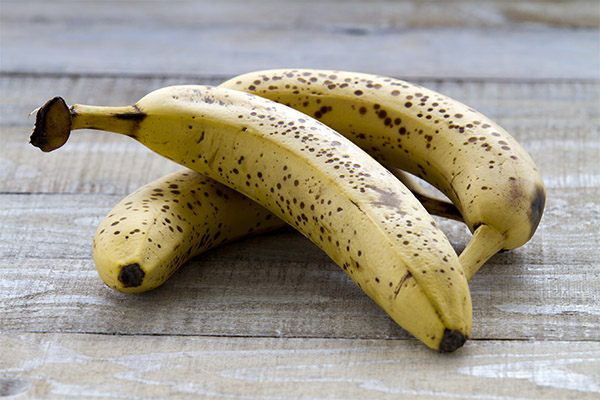
The product refers to the medium-calorie, the figure is about 121 kcal per 100 grams and varies depending on the degree of ripeness. Bananas are used in mono-diet and weight control programs, as they quickly cause a feeling of satiety in a small amount. Without detriment to the figure you can eat 1-2 fruits a day. The effect of the pulp as an antidepressant is well known. In addition, regular consumption of banana:
- strengthens the immune system;
- speeds up the metabolism and hemoglobin production;
- reduces the severity of emotional reactions, calms the nervous system;
- increases physical endurance;
- helps to concentrate attention;
- stimulates the brain and heart muscle;
- removes toxins from the body;
- acts as an antihelminthic agent.
It is noted that a ripe banana eaten on an empty stomach in the morning, relieves hangover syndrome, normalizes acid-alkaline balance in the mouth, sharpens vision. Those who suffer from chronic constipation, two fruits a day will help stimulate intestinal peristalsis and normal functioning of the gastrointestinal tract.
For women
The period of pregnancy creates special requirements for the quality of food. It must fill the body's needs, taking into account the provision of essential nutrients to the fetus. Tryptophan, contained in bananas, is responsible for the proper formation of the nervous system of the future baby, stabilizes the emotional background, combats depressive symptoms, stimulates the production of breast milk. Bananas can significantly reduce muscle pain and relieve tension during PMS, relieve symptoms of toxicosis in the first trimester of pregnancy.
Important: The exotic fruit can quickly flush water out of the body and relieve edema.
When dieting, banana is a great snack or dessert, as it is approved by nutritionists. Its masks nourish and rejuvenate the skin, making it velvety and shiny, smooth fine wrinkles, moisturize and tone it.
For Men
The modern pace of life and a large number of stressful situations detrimentally affect reproductive function. Regular consumption of bananas increases the vitality and activity of spermatozoa, which increases the chance of a happy parenthood and enhances libido.
Fruits increase physical endurance, restore strength after increased strain, help build muscle mass in combination with protein.
In recent decades, cardiovascular disease has become considerably younger. Potassium and magnesium in fruits reduces the risk of stroke and heart attack, prevents the formation of cholesterol plaques, cleanses blood vessels, and increases their elasticity.
For kids
Even kids spoiled with sweets eat bananas with pleasure. They are especially enticed by the miniature fruits and unusual coloring of the skins. Among the most favorite varieties are apple and Jamaican. The main requirement is that the fruits must be ripe, firm, without extensive brown spots. The flesh is monochromatic, creamy with a slight sweet smell. If the bananas are very soft, the skin is darkened, you can not give them to children.
Fruits almost do not cause allergies, except in cases of individual intolerance. They are used as the first complementary food, along with the apple, starting from six months of age.
Benefits for children's body lies in the composition, a complex of vitamins increases the body's resistance to colds and infectious diseases, reduces excitability, calms, normalizes sleep.
You should know: Bananas, like chocolate, increase brain activity, improve concentration, memory and attention, which is valuable for schoolchildren and students.
Contraindications
- Individual intolerance to the product (rare).
- Obesity (with a large amount of excess weight the number of bananas should not exceed 1-2 pcs. per day).
- Diabetes mellitus (because the product contains several types of sugar).
In the use of the product it is important to observe moderation, but with a banana monodiet the norm is 1-1.5 kg per day.
Therapeutic effect
Bananas are most often consumed fresh, as part of desserts, as ingredients in baked goods, but their medicinal qualities should not be overlooked either. They are added to the dietary menu:
- in cases of renal insufficiency;
- Threatened bile duct stones;
- weakening of the heart muscle;
- diarrhea;
- Avitaminosis;
- hysteria, intrusive fears, depression;
- ulcers;
- asthma.
Rules for storing bananas
The uniqueness of fruit is that they are always taken unripe and placed in special warehouses with the optimum temperature and humidity. Only in this way the fruits retain the whole complex of useful substances, they become sweet and acquire a delicate flavor. Green bananas have an astringent taste, they are almost unleavened and quite hard, so they are ideal for transportation and long-term storage.
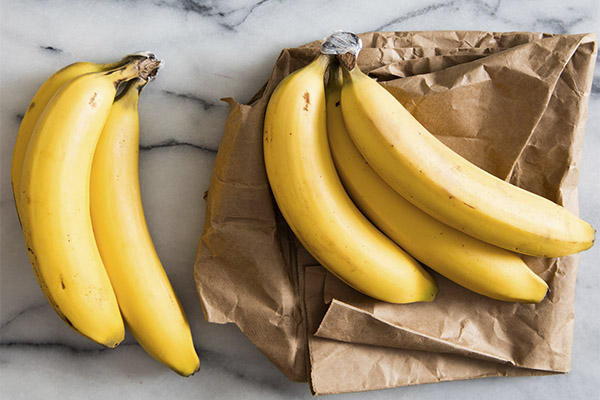
Keeping the clusters at home for several months will not work. You'll have to finish them systematically as they ripen. The maximum shelf life in the refrigerator is 2 weeks.
Little tricks of an experienced hostess
Long shelf life is possible only in special rooms. At home, you can delay ripening and slightly prolong the preservation of the fruit if you
- Choose bananas with a green spout and stalk;
- Hang the stalks in a cool, dark place and divide them up one by one;
- wrap the tails in clingfilm to prevent loss of moisture;
- The ideal storage temperature is +13 degrees.
Dried bananas
The lack of heat treatment guarantees the preservation of most of the useful substances. Dried banana fruits are an excellent substitute for chips. They are sweet enough, stored in a dry, ventilated place for about 6 months without loss of flavor.
It should be taken into account: the product quickly absorbs outside odors, so it should not be stored next to spices, fish products, smoked foods.
Dried bananas
They belong to the nourishing and useful desserts, well tolerate transportation, it is convenient to take them with you on the road. They take up little space, require no special conditions, are very nutritious, provide a long feeling of satiety. The principle of cooking dried and dried bananas is very similar, only in the first case, they are cut into large pieces (small fruits are processed whole). In the second, thin slab-circles are formed.
Most varieties darken in the open air. To preserve color and flavor, they are soaked for a minute in a mixture of cool water and the juice of 1 lemon before processing. Then flip them in a colander and let them drain.
You can dry and cure them in the sun, in an oven or an electric dryer. Outdoors, the process will stretch for 2-4 days. Pallet should be removed at night in a closed room and make sure there are no insects. In the oven it goes faster, it will take 3 hours at a temperature of 70 degrees. The final result will depend on the degree of drying: you will get dried or dried fruit.
The electric dryer gives even heating and air circulation and is well suited for cooking chips.
The finished product is placed in a tightly sealed container in the refrigerator compartment. Well-dried banana chips can be stored in linen bags for about 1 year.
Freeze
Fully ripe bananas store well in the freezer. You won't be able to eat them as fresh, but they're fine for making mashed potatoes, desserts, and baked goods. For packaging, use ziploc bags and plastic containers.
How to choose bananas for storage
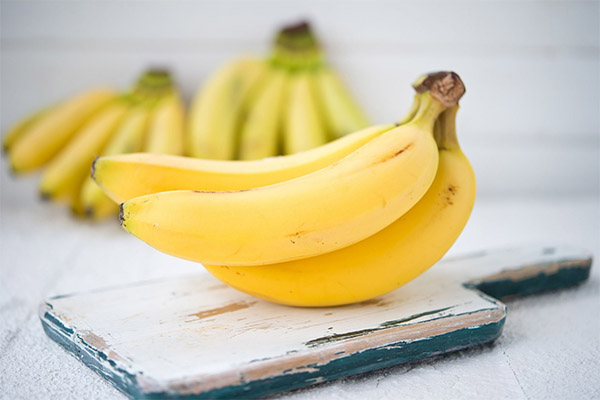
Before being shipped for export, the fruits are treated with a special solution that increases the shelf life of the product, and placed in containers with a fixed temperature and humidity level. Once on the shelf, the ripening process begins. The customer's task is to choose the tastiest bananas. For storage, slightly underripe fruits with green stalks are suitable. The shape should be streamlined, the size does not matter. Dark spots on the skin are considered the norm, while extensive spots indicate that the process of spoiling of the product has begun and it is undesirable to eat it.
The skin of a ripe fruit is yellow or orange. Brown and gray color indicates that the bananas are frozen.
When there is no time to constantly look for shopping in the supermarket, it is enough to buy a bunch of slightly unripe bananas and decide when you need a ripe delicacy. The way they are preserved depends on it. The fruit will diversify the menu, useful for treatments and cosmetic procedures.
«Important: All information on this site is provided for informational purposes only purposes only. Consult a specialist before applying any recommendations. specialist. Neither the editors nor the authors are liable for any possible harm caused by materials."





